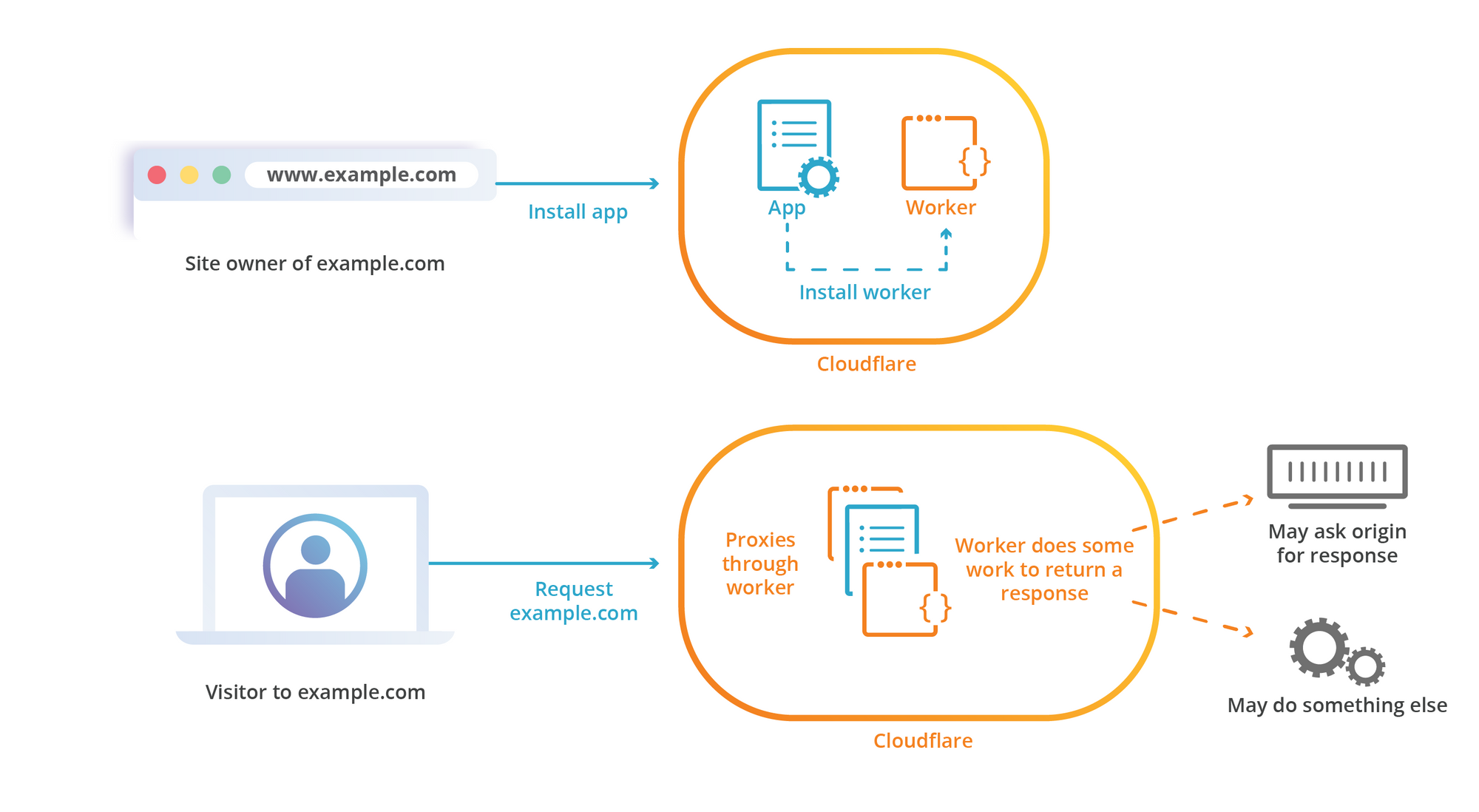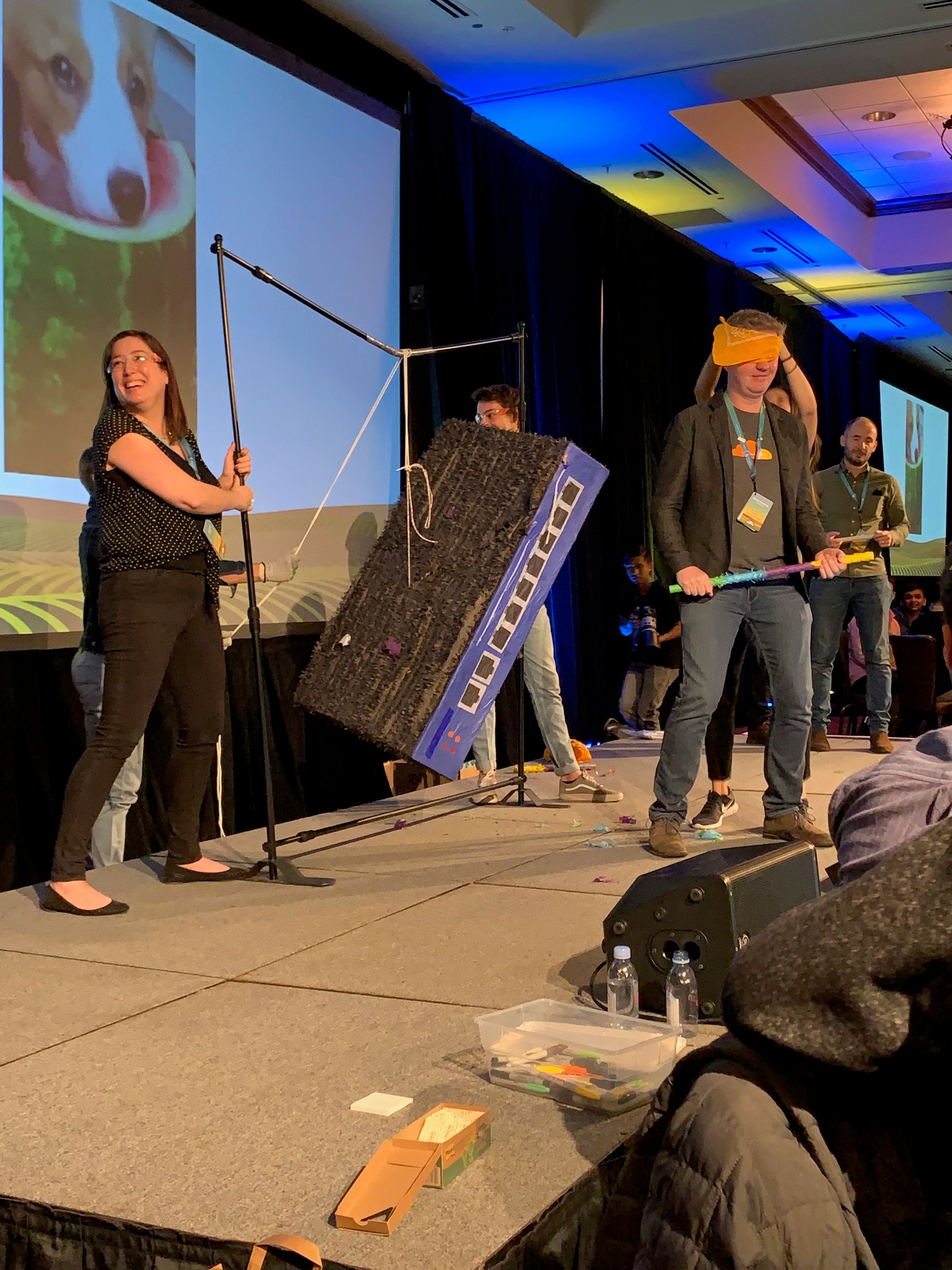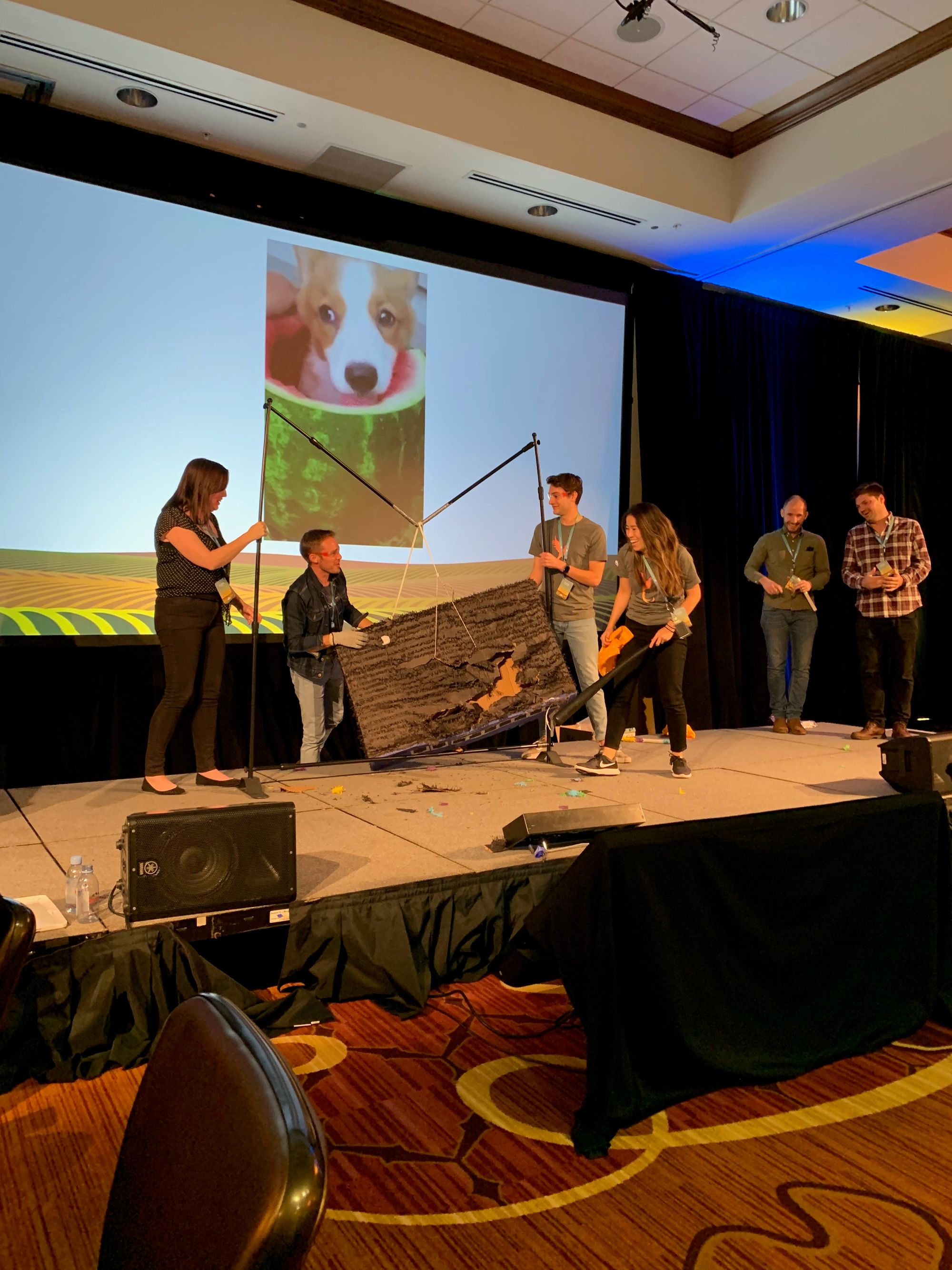Gotcha pricing from the cloud pushes workloads back on premises
A new survey by cloud software vendor Nutanix finds that most firms are embracing the hybrid model, but few have actually achieved it. And many are shifting their workloads back on premises because of cloud costs.This was Nutanix’s first global Enterprise Cloud Index, so it doesn’t have historical data by which to measure, but its initial findings match what we’ve known for a while. Read also: How to make hybrid cloud work The hybrid cloud, a mix of on-premises and public cloud computing, working in tandem is the preferred method for most firms; 91 percent to be exact. But only 19 percent of firms surveyed said they have that model today. One reason is that app vendors make it hard to operate in hybrid mode, said Wendy Pfeiffer, CIO at Nutanix.To read this article in full, please click here


 InfoSight’s predictive capabilities also move the needle closer to enabling autonomous data centers.
InfoSight’s predictive capabilities also move the needle closer to enabling autonomous data centers.




